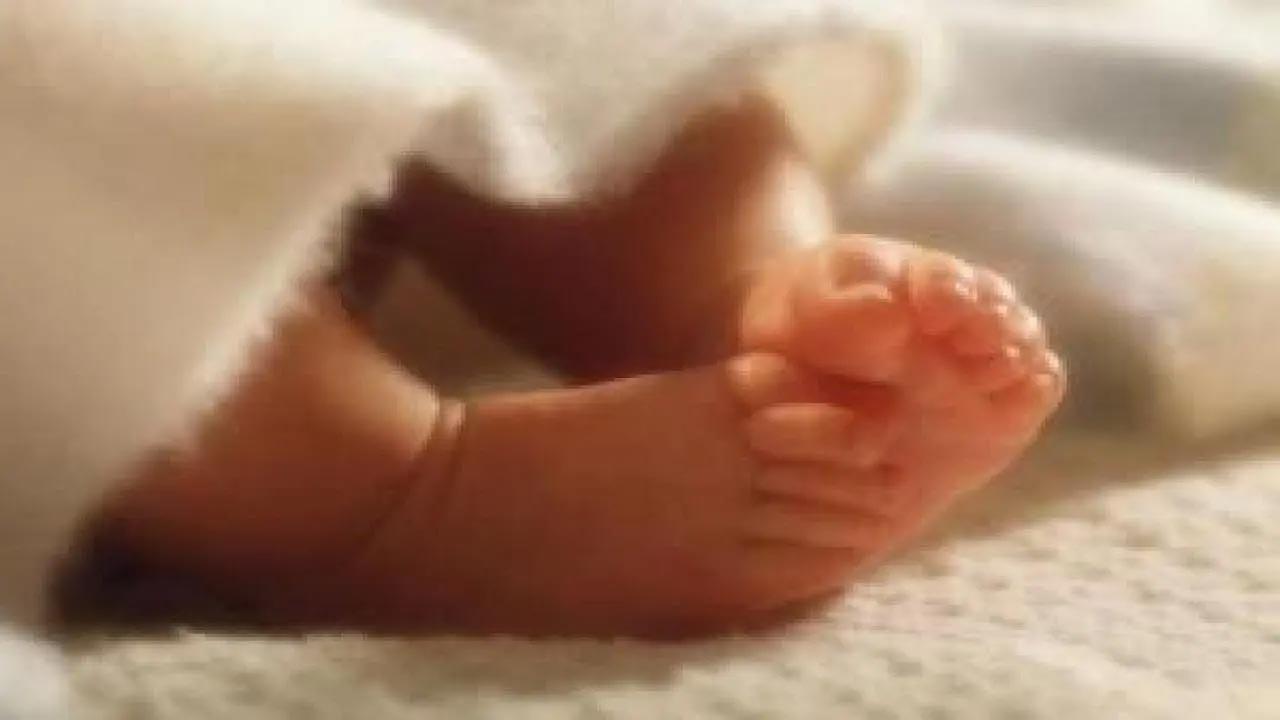Based on the babies' random exploration, researchers discovered patterns of muscle interaction that would later allow them to perform sequential movements

Image for representational purpose only. Photo courtesy: istock
As soon as a baby is born, it begins to kick, wiggle and move. According to researchers, the purpose behind such movements is the ability to control muscles, movement, and coordination which aids in the development of their "sensorimotor system".
ADVERTISEMENT
According to the study by the University of Tokyo, detailed motion capture of newborns and infants was combined with a musculoskeletal computer model, to enable researchers to analyse communication among muscles and sensations across the whole body.
Based on the babies' random exploration, researchers discovered patterns of muscle interaction that would later allow them to perform sequential movements.
"Our study focused on muscle activity and sensory input signals for the whole body. By combining a musculoskeletal model and neuroscientific method, we found that spontaneous movements, which seem to have no explicit task or purpose, contribute to coordinated sensorimotor development," said Project Assistant Professor Hoshinori Kanazawa from the University of Tokyo.
As part of the research, the team recorded the joint movements of 12 healthy newborns (less than 10 days old) and 10 young infants (about 3 months old) using motion capture technology.
In the next step, they analysed the baby's sensory input signals and muscle activity with a whole-body, infant-scale musculoskeletal computer model.
Finally, they analysed the spatiotemporal (both space and time) features of the interaction between the input signals and muscle activity using computer algorithms.
"We were surprised that during spontaneous movement, infants' movements 'wandered' and they pursued various sensorimotor interactions. We named this phenomenon 'sensorimotor wandering'," said Kanazawa.
"However, our results implied that infants develop their own sensorimotor system based on explorational behaviour or curiosity, so they are not just repeating the same action but a variety of actions. In addition to this, our findings provide a conceptual linkage between early spontaneous movements and spontaneous neuronal activity," he added.
Read More: Will the Covid-19 pandemic become an endemic in 2023? Experts reveal
This story has been sourced from a third party syndicated feed, agencies. Mid-day accepts no responsibility or liability for its dependability, trustworthiness, reliability and data of the text. Mid-day management/mid-day.com reserves the sole right to alter, delete or remove (without notice) the content in its absolute discretion for any reason whatsoever
 Subscribe today by clicking the link and stay updated with the latest news!" Click here!
Subscribe today by clicking the link and stay updated with the latest news!" Click here!












